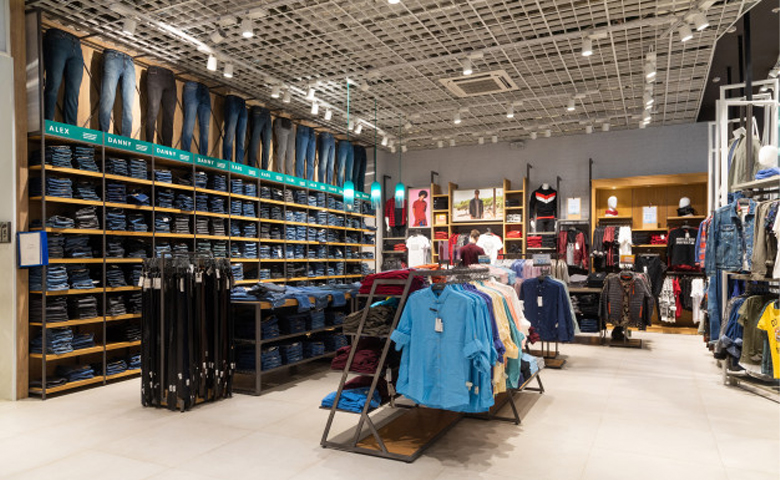What’s the way ahead for fashion retailers?
By Retail4Growth Team | June 17, 2021
According to Mckinsey’s ‘The State of Fashion 2021’ report, a sleeker, more focused offering will emerge from the havoc caused by the 2020 pandemic, combining the best of human and automated services. The report highlights that fashion brands who can thrive in the new normal will be those who are keenly cued into consumer trends and who are focused on omnichannel and sustainability through the value chain.
 A new report by Mckinsey called ‘The State of Fashion 2021’ highlights some key trends likely to emerge in the fashion industry that can help retailers in this segment better plan their business strategies, while taking into account some post Covid realities. According to the report, given the disruptions of recent months, many companies are reconnecting with their supply chains, making tough decisions, particularly with regard to ROI at store level, and ramping up omnichannel services.
A new report by Mckinsey called ‘The State of Fashion 2021’ highlights some key trends likely to emerge in the fashion industry that can help retailers in this segment better plan their business strategies, while taking into account some post Covid realities. According to the report, given the disruptions of recent months, many companies are reconnecting with their supply chains, making tough decisions, particularly with regard to ROI at store level, and ramping up omnichannel services.
“As decision makers continue to manage uncertainty, the most successful will be those that get a grip on trends shaping the fashion landscape. That means focusing on an omnichannel perspective, of course, but also emphasizing the importance of sustainability through the value chain. Consumers (and increasingly, investors) will reward companies that treat their workers and the environment with respect, and the deeper relationships that emerge will bring benefits in agility and accountability.”
The report highlights the fact that physical retail has been under historic levels of pressure. “In the United States alone, some 20,000 to 25,000 stores were expected to close in 2020, more than double the number that did so in 2019. With the pandemic adding to the segment’s woes, many brands have embarked on strategic reviews or have compressed multiyear transformations into just a few months. In 2020, Nike announced the acceleration of its digital strategy and investment in its highest potential areas, which it said would lead to job cuts in stores. Zara said that it plans to cut 1,200 stores over two years and invest €2.7 billion in store-based digital.”
The report however denies that the curtain is falling on physical channels. “Instead, from the wreckage of 2020, a sleeker, more focused offering will emerge. That offering will combine the best of human and automated services—the beginning of a truly “bionic” customer experience,” the report concludes.
Some key likely expected trends in fashion retailing as summarised from the report:
-
Rethinking of store formats and leveraging data and analytics to predict footfall, manage assortments, and built personalized offerings.
-
Flagship stores likely to be branded as discovery zones and tasked with creating emotional connections with customers.
-
Nuanced assessments of store ROI based on a combination of digital and physical lenses.
-
Shifting consumer behavior skewed towards digital and preference for brands that uphold social values, integrity and environmental responsibility
-
With restrictions in travel and tourism, domestic outlets will become more important than ever
-
Likely rise in deeper partnerships and M&A
-
Opportunistic investments









Comments